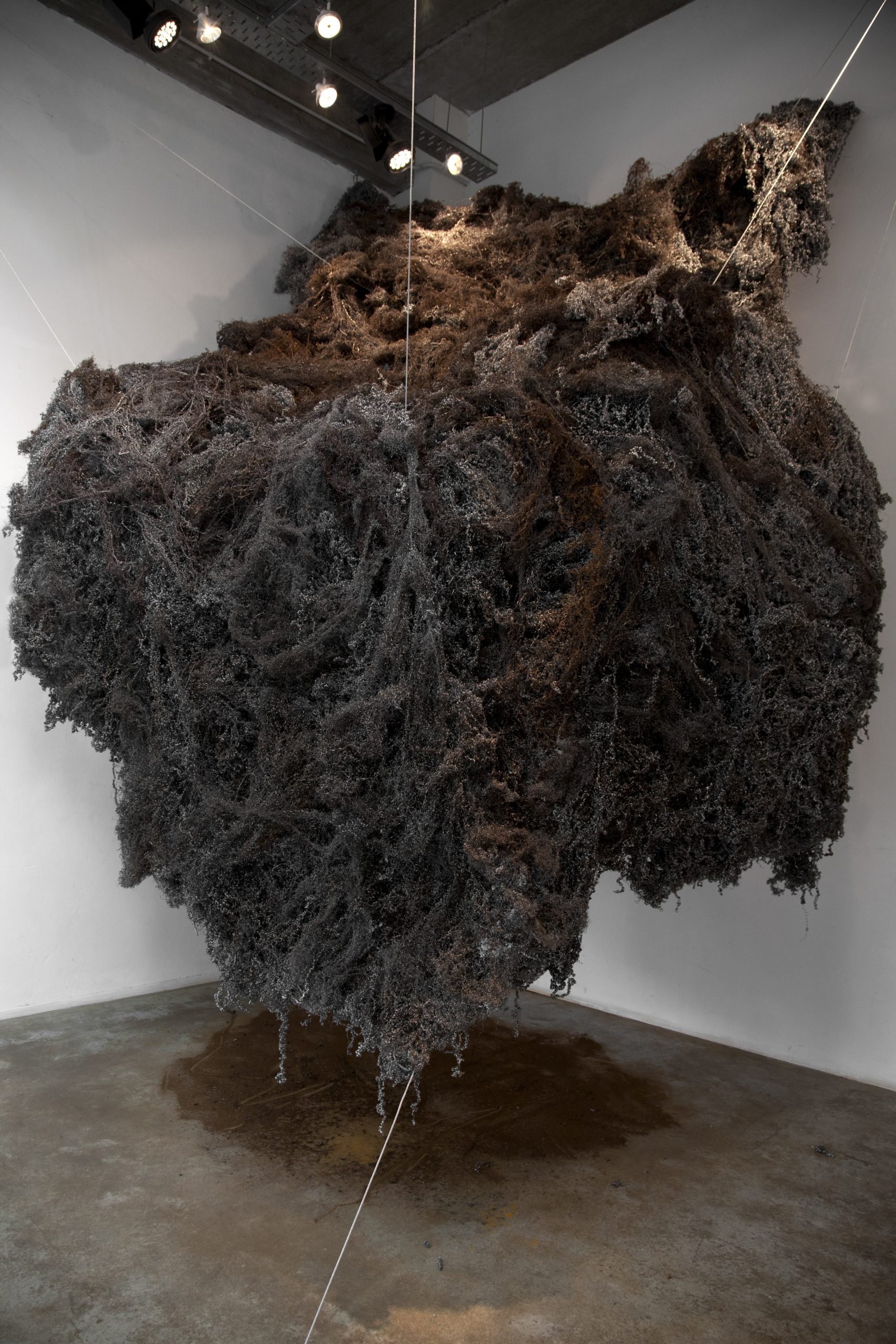(Buenos Aires, Argentina, 1955)
Andrés Waissman is considered an emblematic figure of the symbolic universe of contemporary Latin American art. His paintings use pure expression in favor of communication; They are not mere fictitious chronicles, but a real position in the contemporary world. Instead of a universe that disappears, Waissman represents an emerging world, increasingly inevitable situations that demand reflection and a conscious gaze.
Some of his series, such as Multitudes, Black & White, Mythological Animals, Virutas and Albur, place him as an artist with his own imprint. His work constitutes a philosophical and political search as well as an artistic one: a true thought in images. In this line of thought, concepts such as nomadism and migration become central in its production.
Andrés Waissman trained in various workshops and began exhibiting very early in the mid-70s, holding his first individual exhibitions at the Lirolay Gallery in 1973 and 1977, respectively.
In 1974 he lived in Barcelona and worked in the workshop of Augusto Torres and in 1978 with Antonio Seguí in Paris. In 1984 he settled in San Francisco, United States and developed an important international career exhibiting in different galleries and museums in Los Angeles, San Francisco, New York, Portland, Dallas, Miami and various cities in Europe. In 1992 he returned to Buenos Aires, where he resumed teaching.
In 2005, the book Waissman (a pilgrim artist) was published with texts by Rodrigo Alonso, Jordi Aladro, Fabiana Barreda, Florencia Gró and María Paula Zacharias. In 2010, the documentary Waissman, by Eduardo Montes Bradley for PBS in the United States, was presented at MALBA. In 2020 he edited his recent publication Blanco & Negro-Encapotado-Amboscada.
His work was exhibited in numerous solo exhibitions such as Emboscada (MUNAR, Buenos Aires, Argentina, 2018), Encapotado (Gachi Prieto Galería, Buenos Aires, Argentina, 2016), Abgrund (Museo Emilio Caraffa, Córdoba, Argentina, 2014), Multitudes (Townsend Center for the Humanities, University of Berkeley, California, United States, 2015), Fondo de Ojo (Centro Cultural Recoleta, 2015), among others.
His work is part of important private and institutional collections such as: University of Essex Collection of Latin American Art (Essex, United Kingdom); Museum of Latin American Art (California, United States); Jack Blanton Museum of Art, The University of Texas (United States); The Magnes Collection of Jewish Art and Life (Berkeley, California, United States); Galleria Civica d’arte Contemporanea F. Pizzo, Palazzo Spano Burgio (Marsala, Italy); MUNTREF (Buenos Aires, Argentina); Castagnino-MACRO Museum (Rosario, Santa Fe, Argentina); Museum of Contemporary Art of Mendoza (Mendoza, Argentina); Di Tella University Collection (Buenos Aires, Argentina); UADE Collection (Buenos Aires, Argentina); Killka Museum Collection (Mendoza, Argentina); Mothers of Plaza de Mayo Collection (Buenos Aires, Argentina), among others.
He lives and works in Buenos Aires where he carries out intense teaching work.


 Waissman Andrés
Waissman Andrés